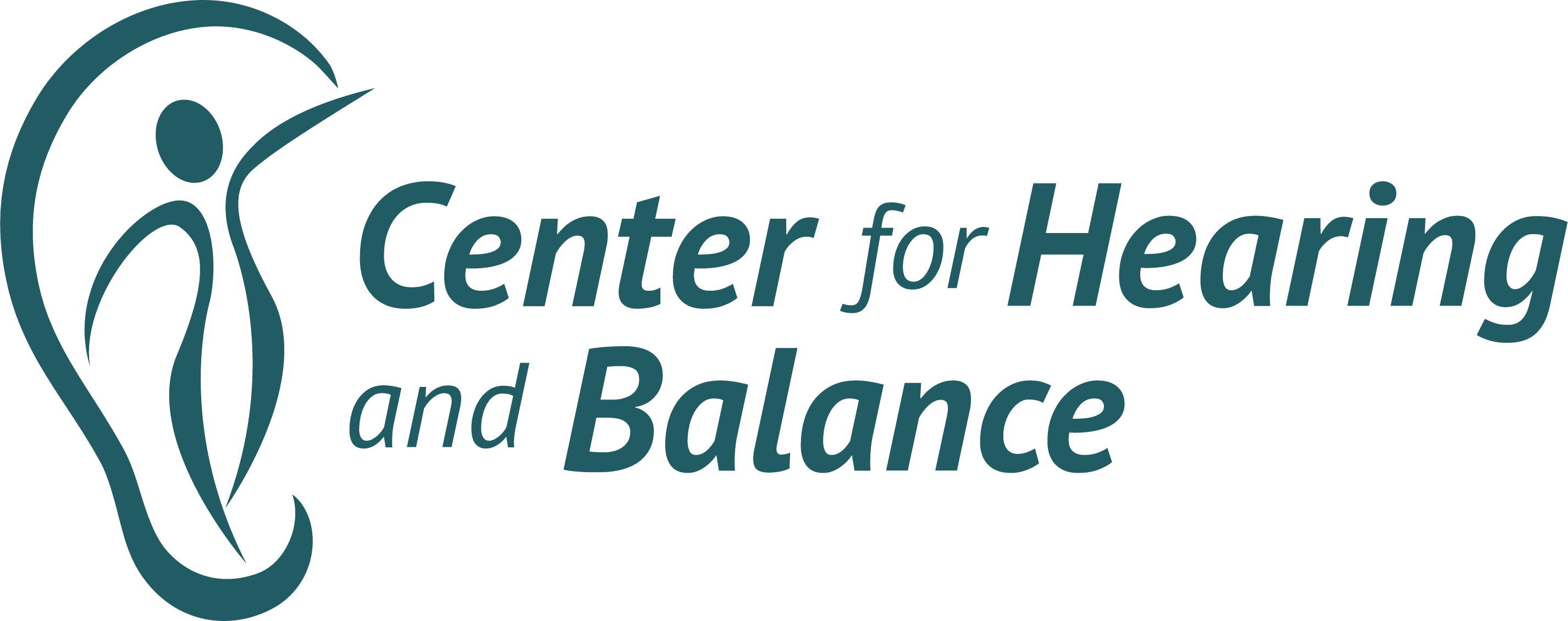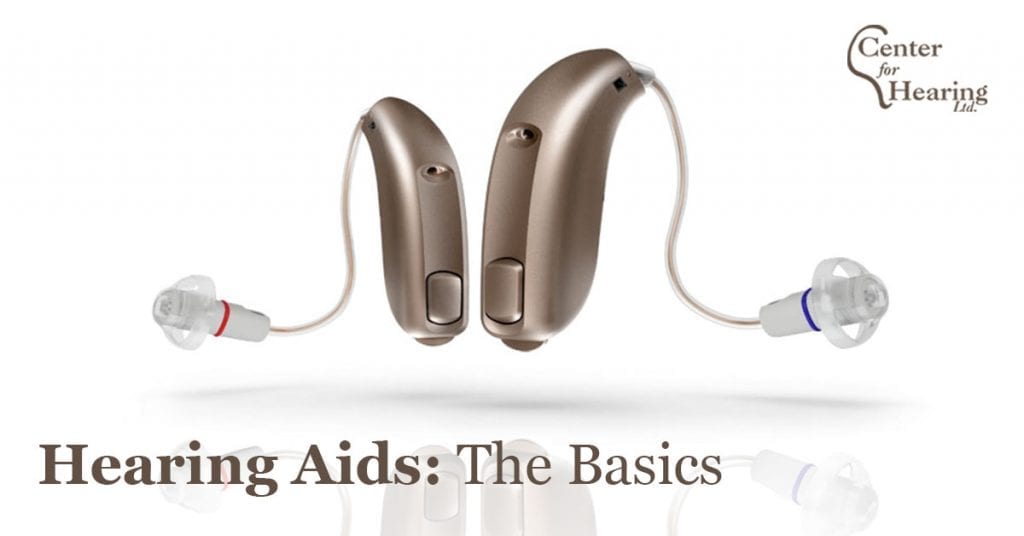The National Institute on Deafness and Other Communication Disorders (NIDCD) explains how the basic parts of a hearing aid work: “A hearing aid has three basic parts: a microphone, amplifier, and speaker. The hearing aid receives sound through a microphone, which converts the sound waves to electrical signals and sends them to an amplifier. The amplifier increases the power of the signals and then sends them to the ear through a speaker.”
Visit NIDCD’s page on hearing aids for more information.
Types and Styles of Hearing Aids
An article by Healthy Hearing goes over the different Hearing Aid Types and Styles that are available. There are two main styles of hearing aids: In-the-Ear (ITE) and Behind-the-Ear (BTE) and there are multiple sizes available in each style.
In-the-ear (ITE) Styles: “Worn in the ear and are usually custom-fit, based on an impression that is taken by the hearing care professional at the time of the hearing aid consultation.”
- Invisible-in-the-canal (IIC) or completely-in-the-canal (CIC) hearing aids
- In-the-canal (ITC) hearing aids
- Low profile hearing aids
Behind-the-ear (BTE) Styles: “Sit behind or on top of the outer ear with tubing that routes the sound down into the ear canal via a custom-fit earmold or an ear tip that doesn’t block the entire ear canal opening.”
- Mini BTE hearing aids with slim tubes and tips
- Receiver-in-the-ear (RITE) or receiver-in-canal (RIC) hearing aids
- BTE hearing aids with earmolds
Read Healthy Hearing’s article for more information about each style and the advantages and disadvantages of each, as well as a flowchart to help you decide which style might fit you best.
Selecting a Hearing Aid: Things to Consider
Your hearing care professional will help you find the perfect fit by assessing your hearing needs as well as talking with you about a variety of things.
Healthy Hearing’s article on Hearing Aids lists some things to consider when you and your doctor are selecting and fitting a device, including:
- Budget
- Cosmetic preferences
- Social preferences
- Career demands
- Hobbies
- Other physical challenges and dexterity issues
- Attitudes about technology
- Any needed accessories
If you have recently been diagnosed with hearing loss, or perhaps you need to update your current device, contact us at Center for Hearing. We will work with you to help you find a hearing aid that fits your unique needs.


